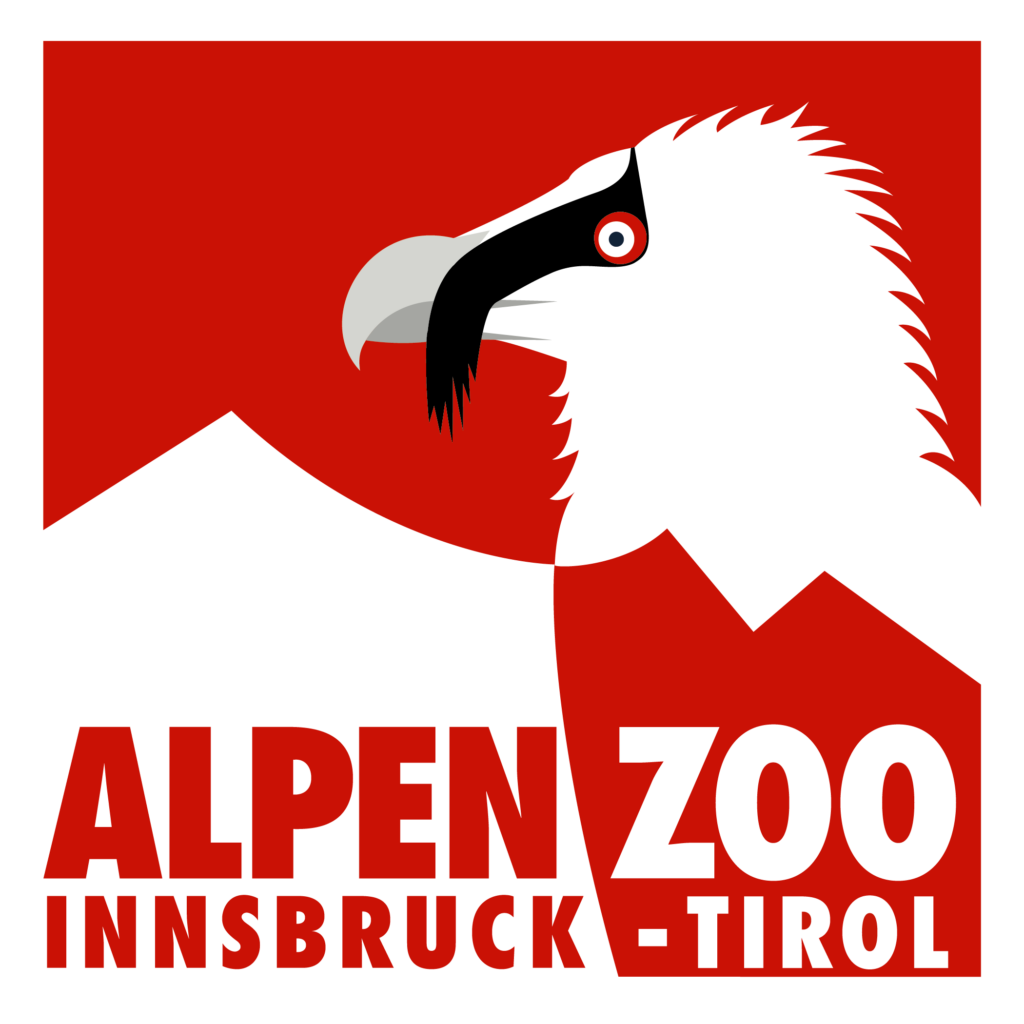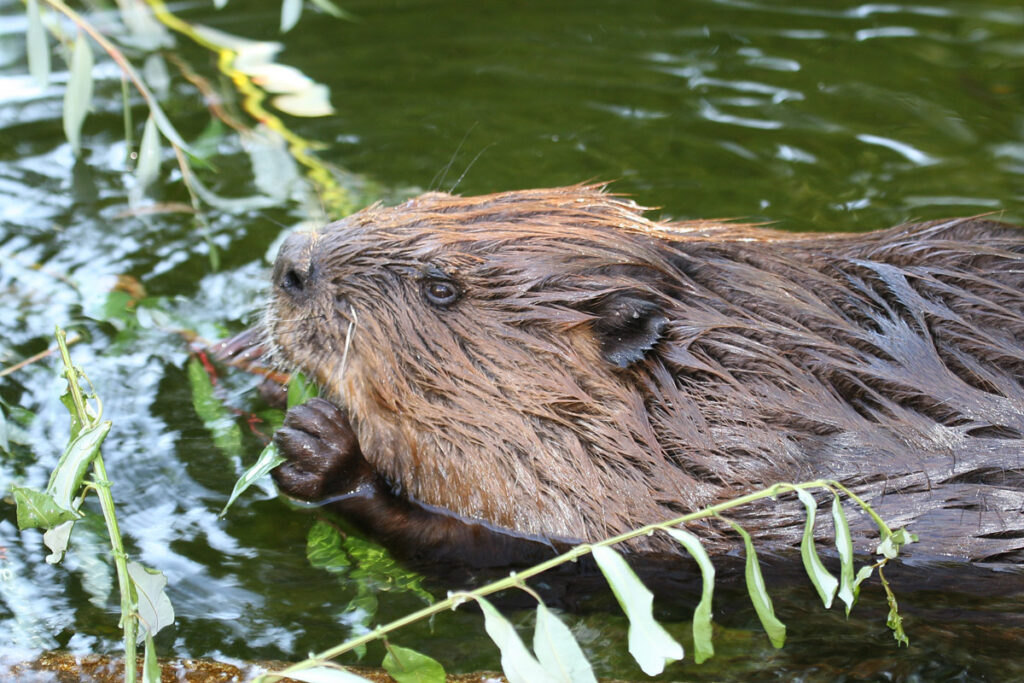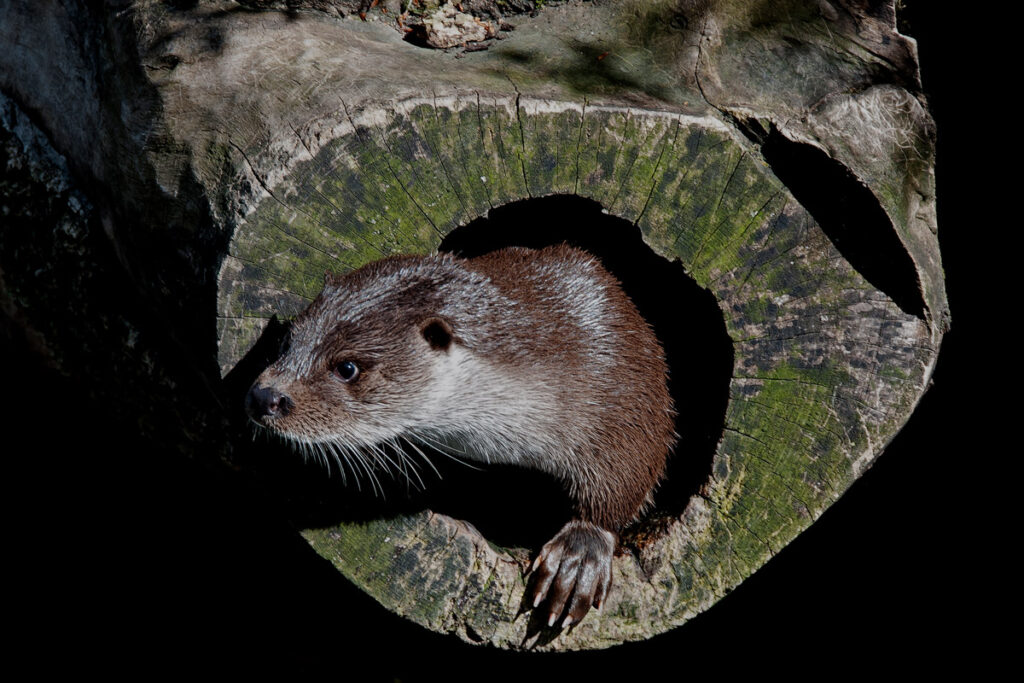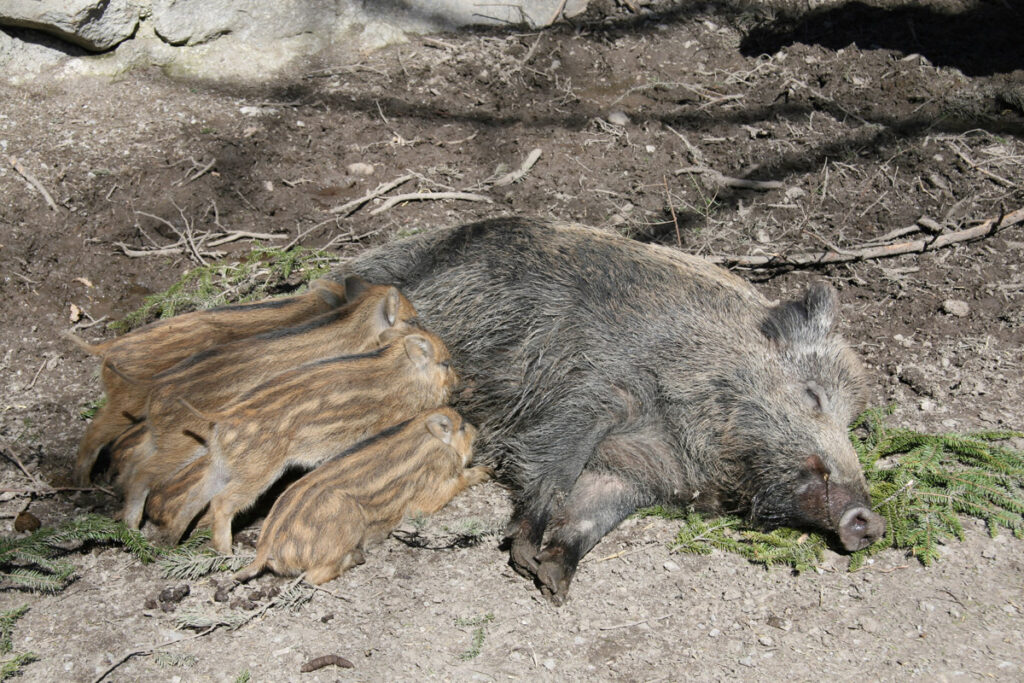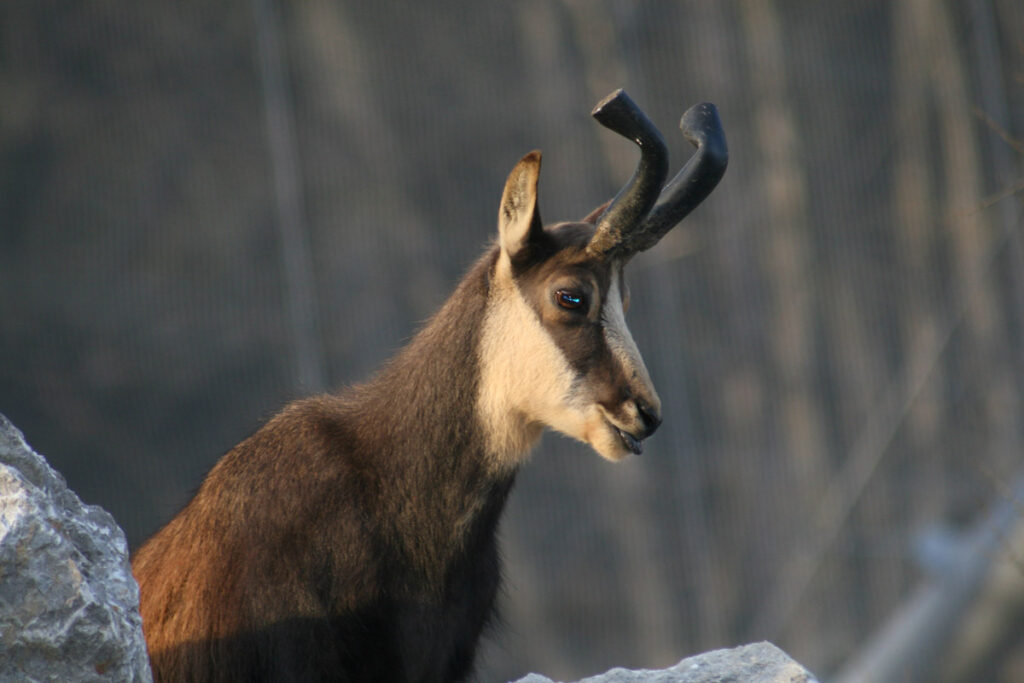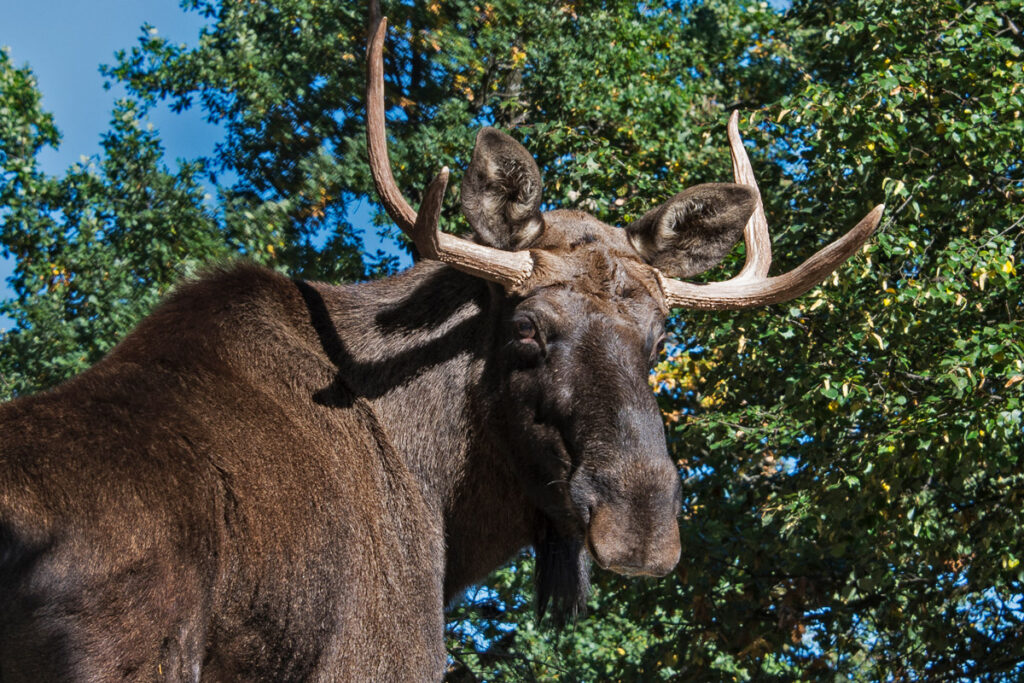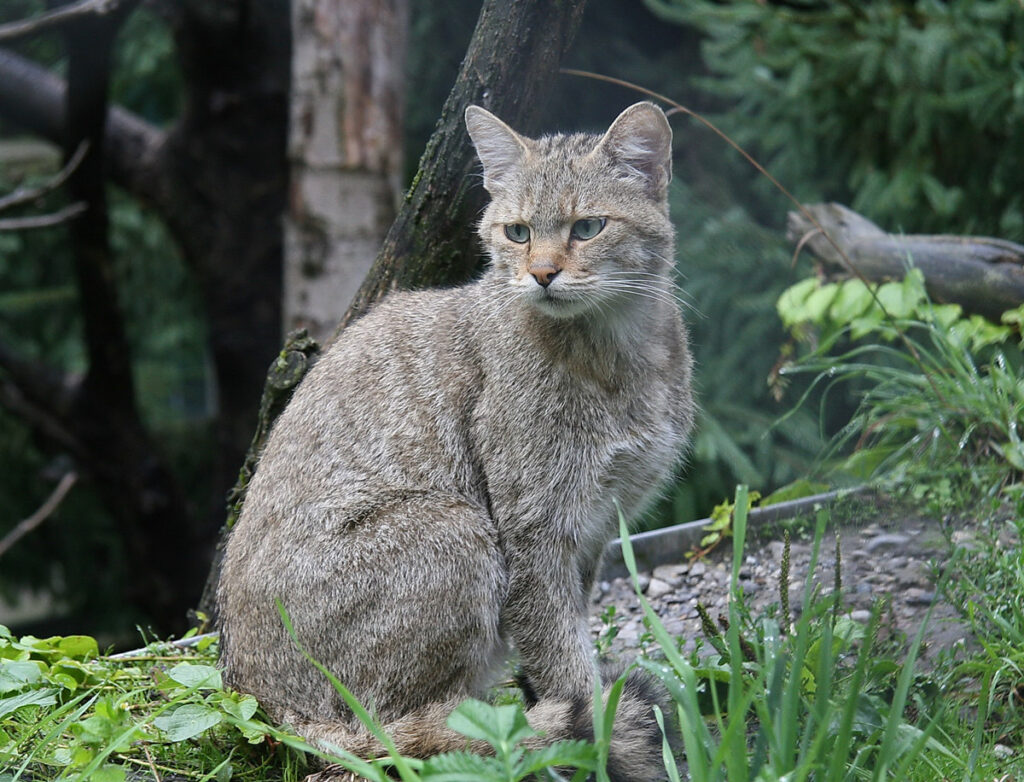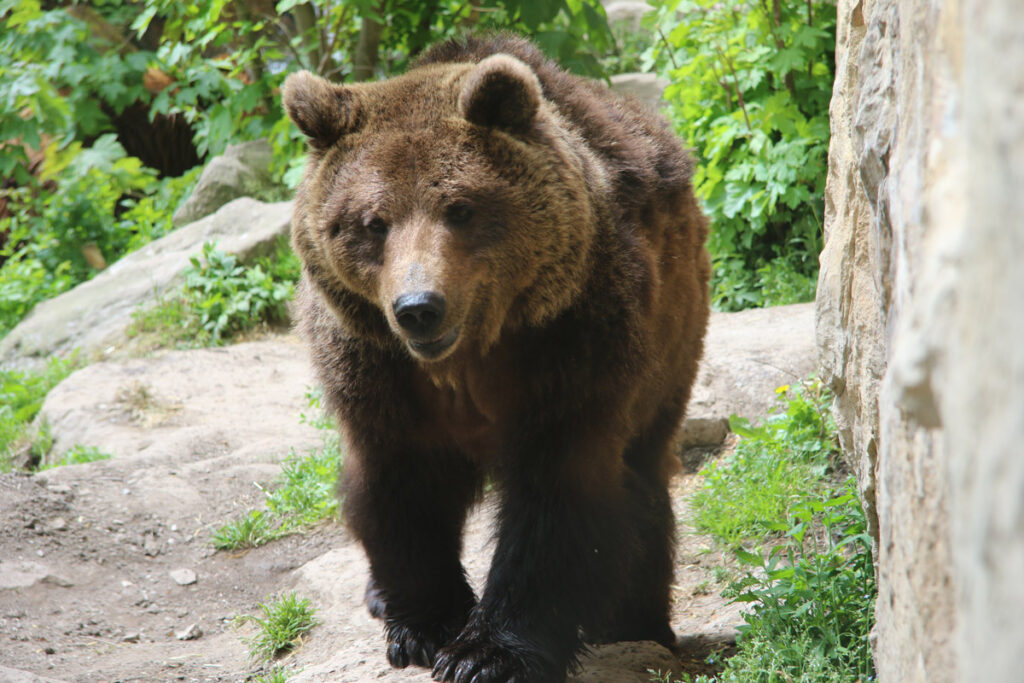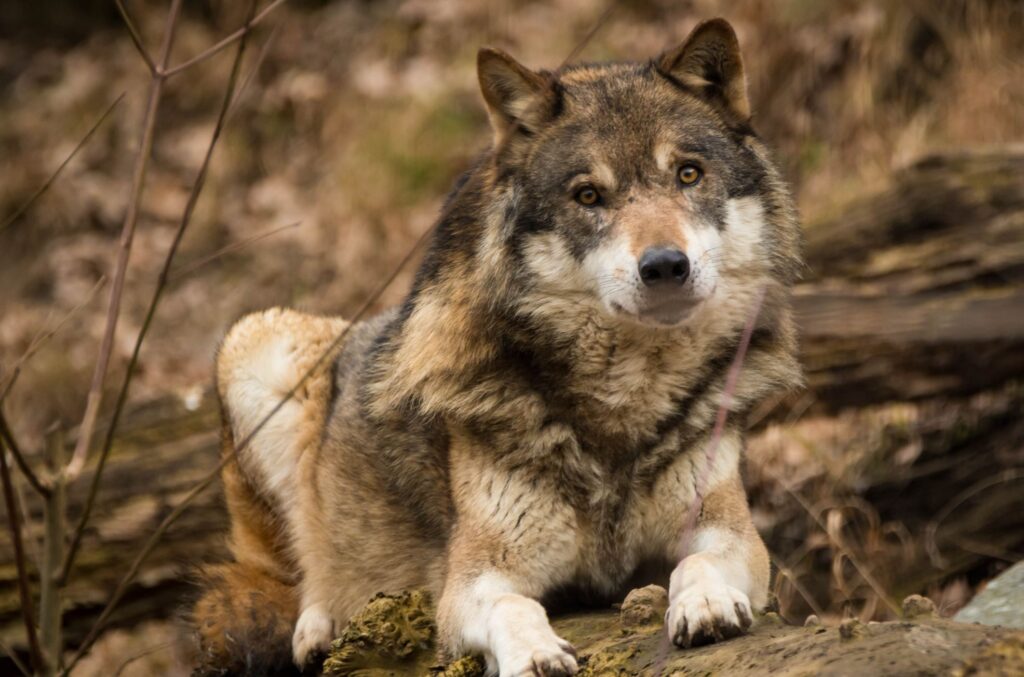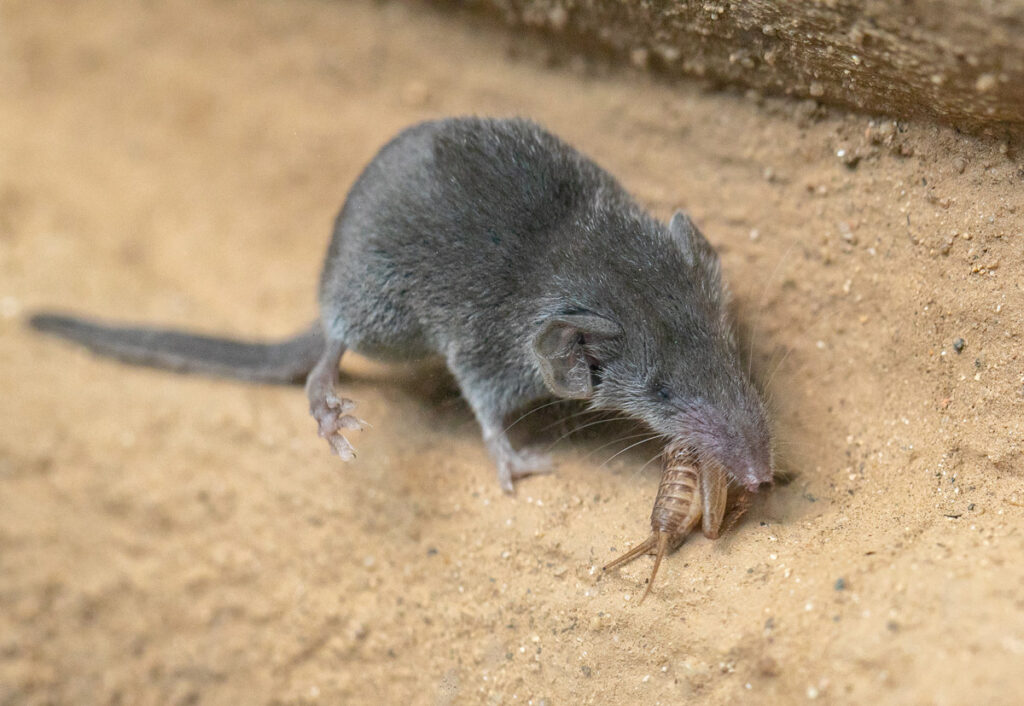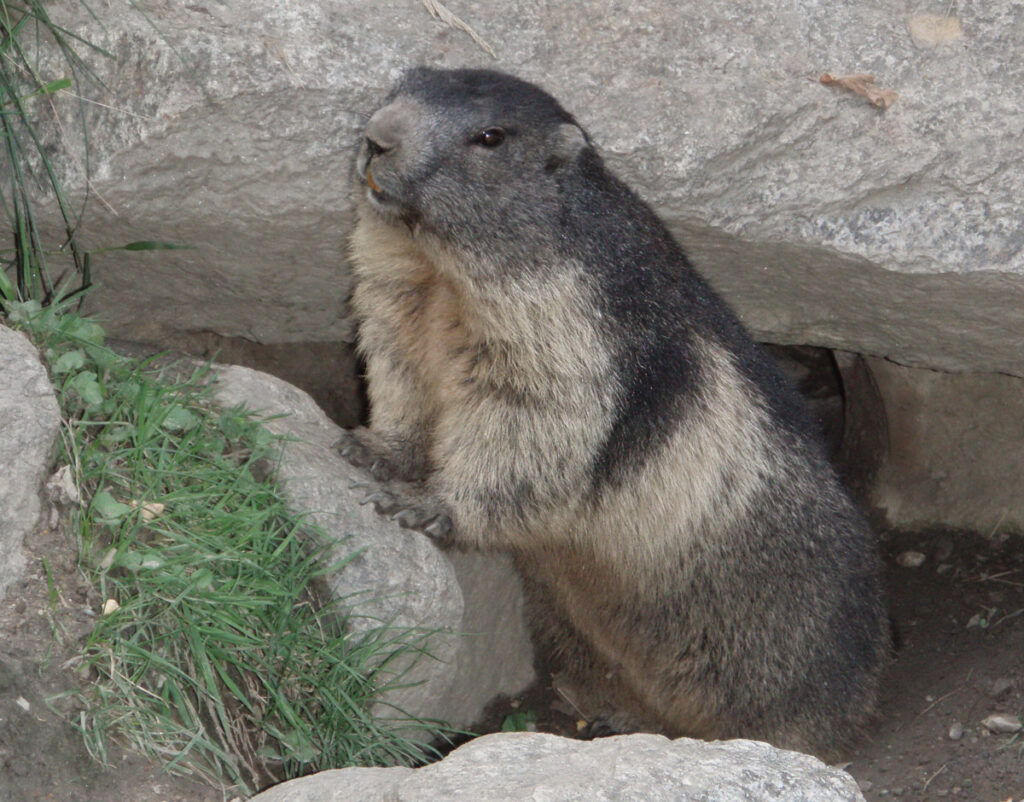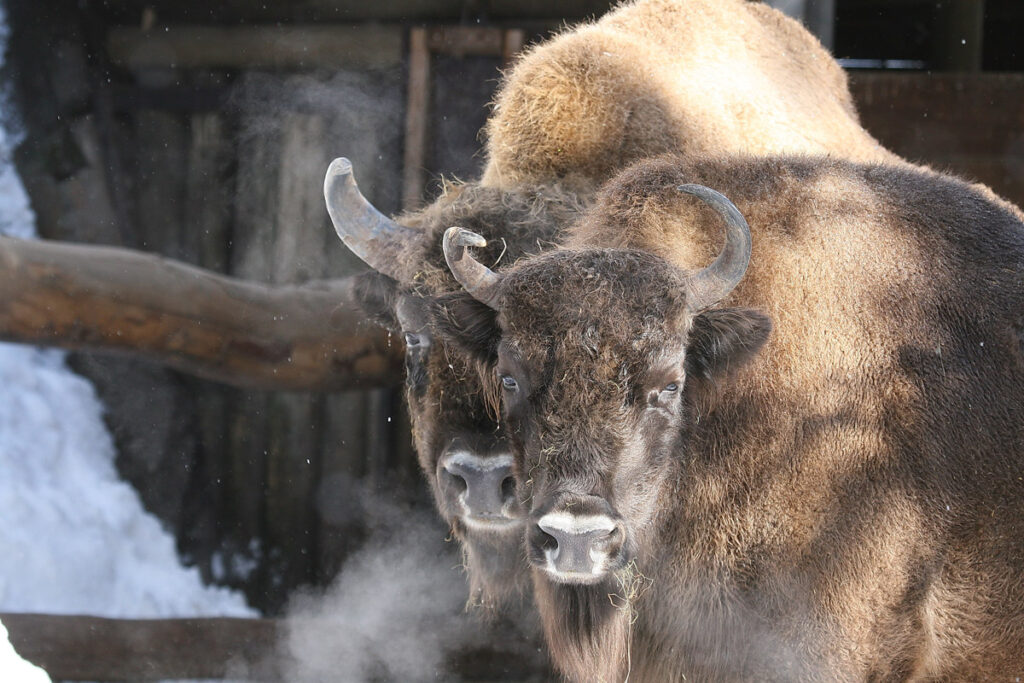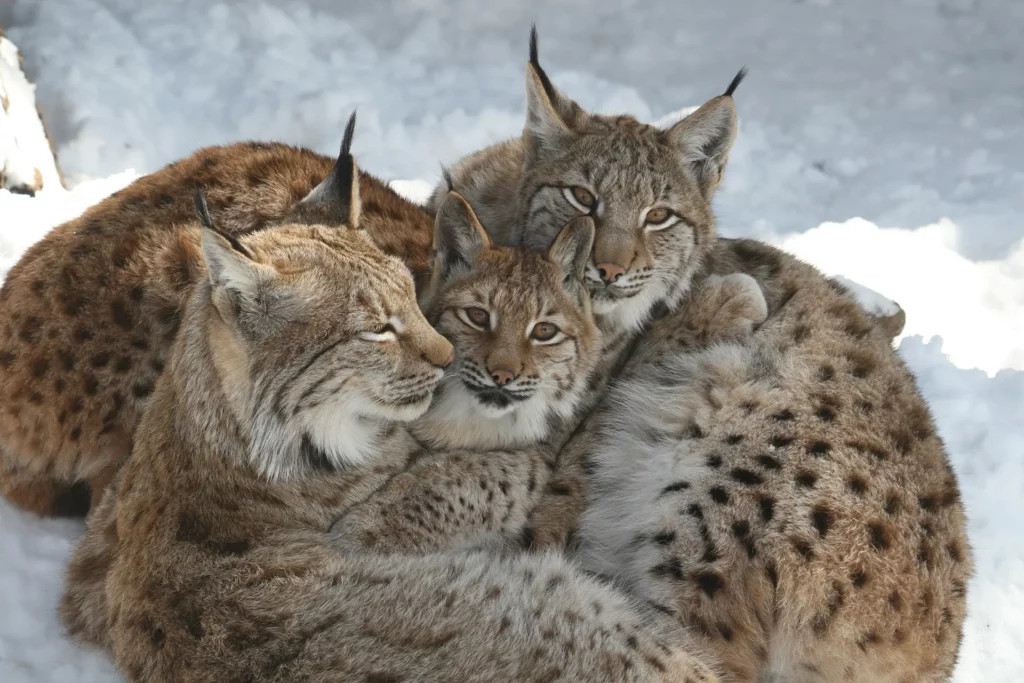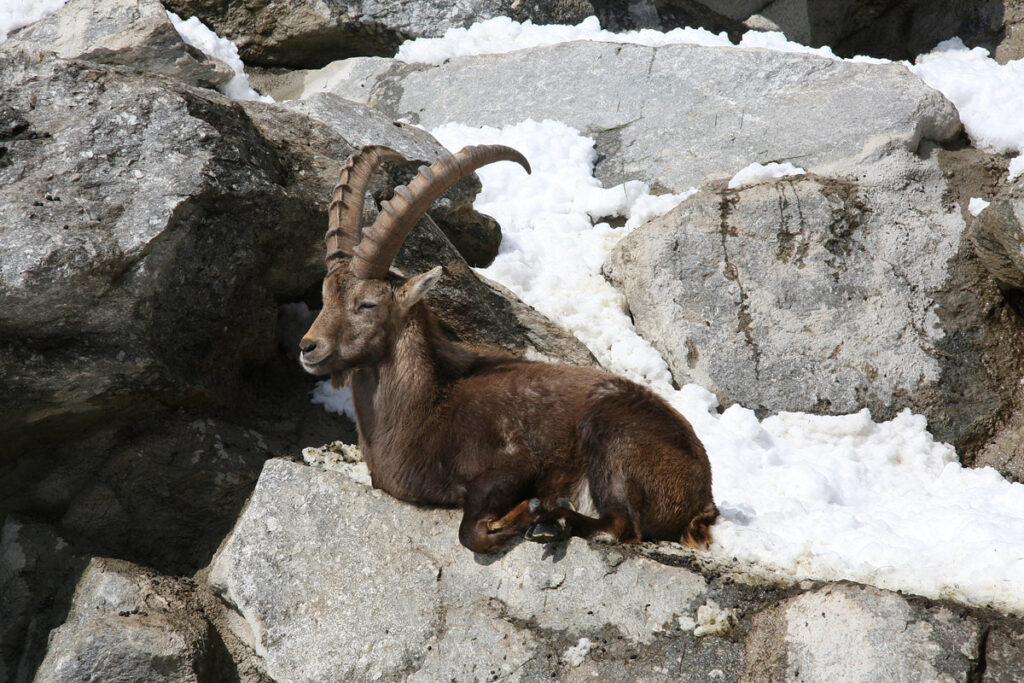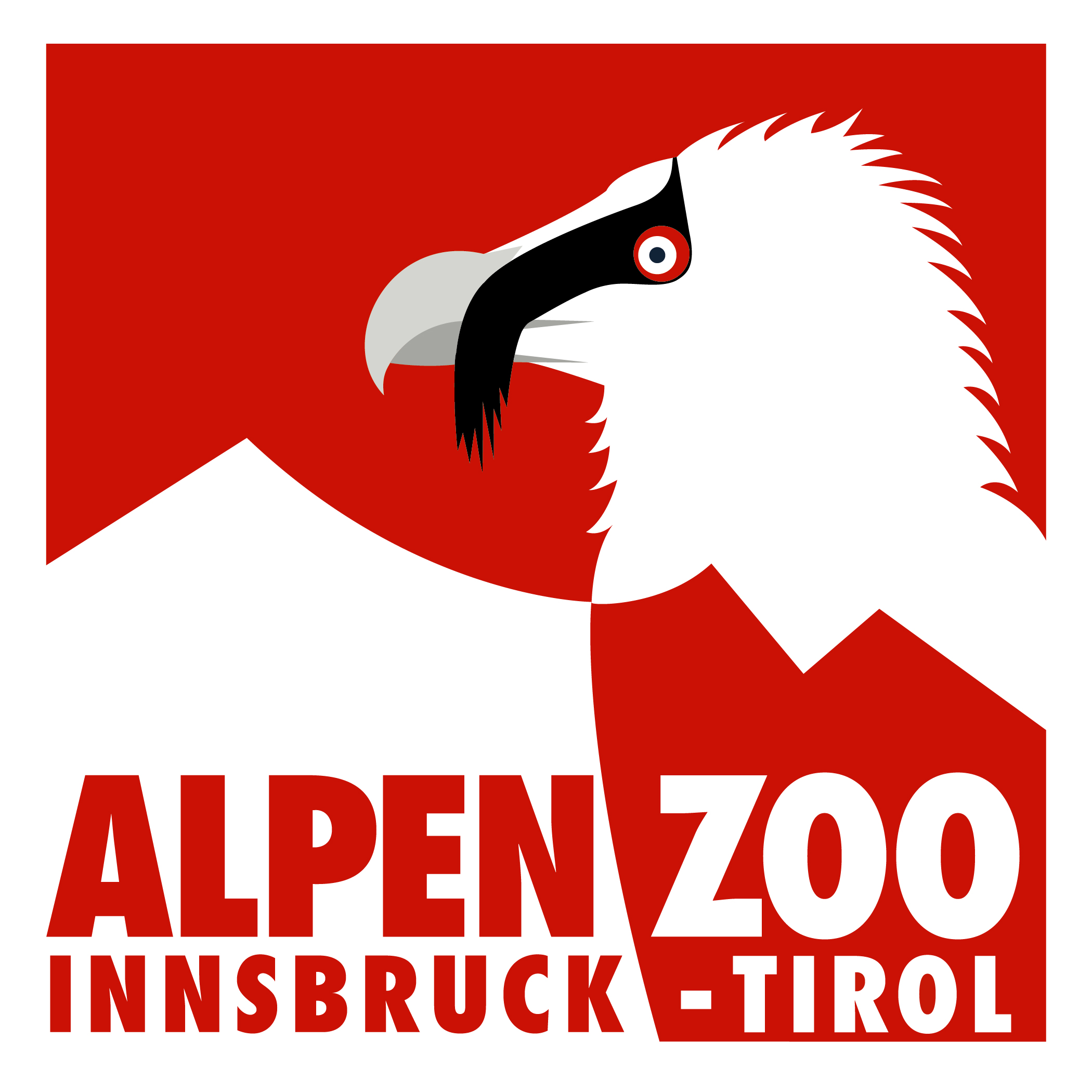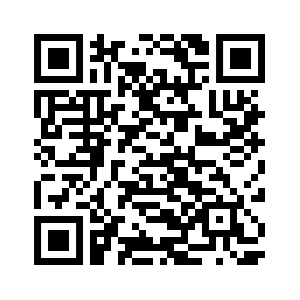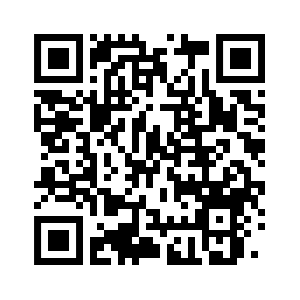Deer
Roe deer are the only cloven-hoofed animals with “dormancy”, which means that the fertilised egg does not immediately develop into an embryo. After the rut in July and August, the fertilised eggs do not nest in the uterus for further development until January. With this biological trick, the fawns are born in the early summer months into a land of plenty made of leaves, buds and shoots. If the undergrowth – i.e. the plant diversity close to the ground, is missing – trees and shrubs are damaged by browsing, as the roe deer has a relatively small stomach and needs protein-rich, easily digestible food. Europe’s smallest deer species lives as a “bush hatchling” in mixed deciduous forest with plenty of cover. Where you find the lynx, the deer is its main prey. In our country, road traffic and poaching dogs are the main causes of death. Older bucks are mostly solitary animals and behave extremely aggressively towards rivals. Goats, on the other hand, form smaller herds with their fawns and one-year-old females in autumn.
- Roe deer have a small rumen (stomach). That’s why they need to eat particularly often and a lot.
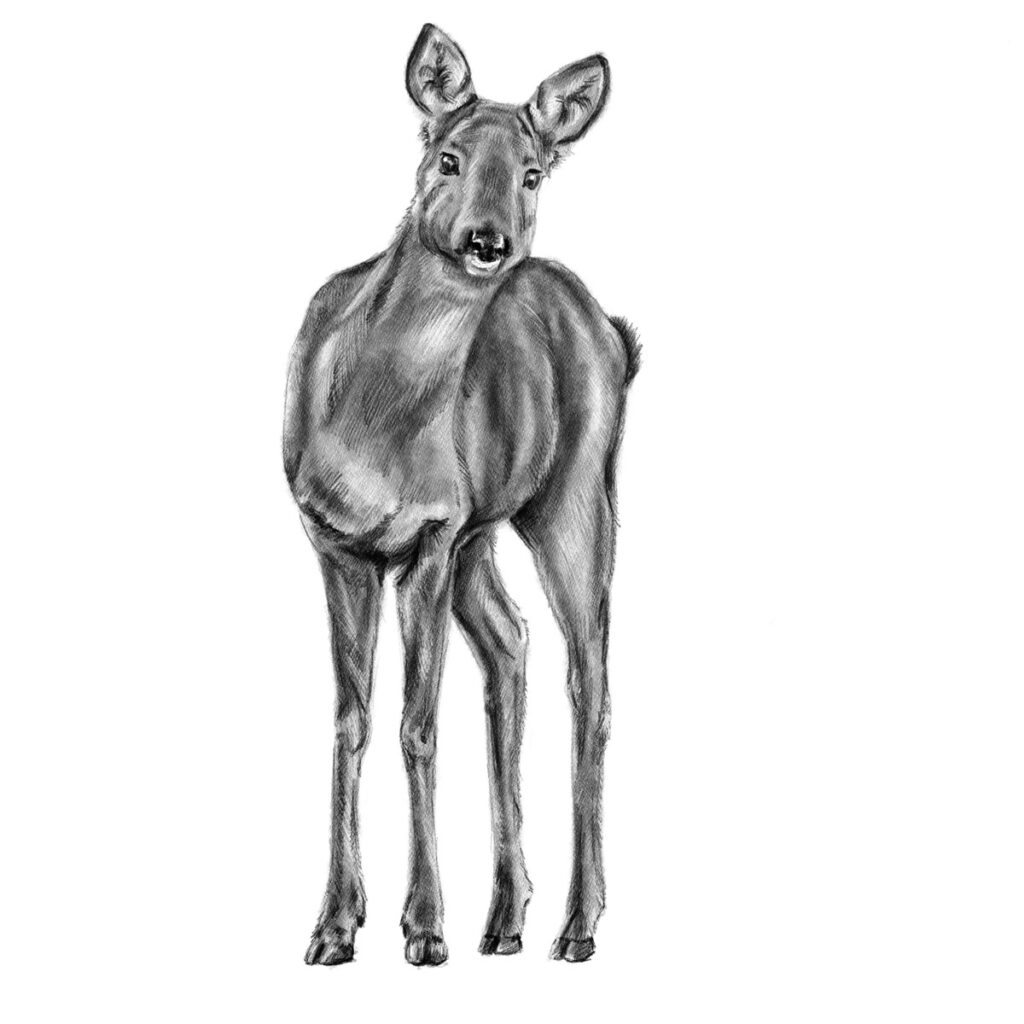
Scientific Name
Capreolus capreolus
Age
- up to 12 years
Nutrition
- Grasses and herbs
Adversaries
- Fox
- Badger
- Wild boar
- Wolf
- Lynx
Weight
- up to 30 kg
95 – 130 cm
Other mammals
We look forward to seeing you
Experience a fascinating world full of adventure and amazing animal encounters. Plan your visit to the zoo now and immerse yourself in the heart of nature!
